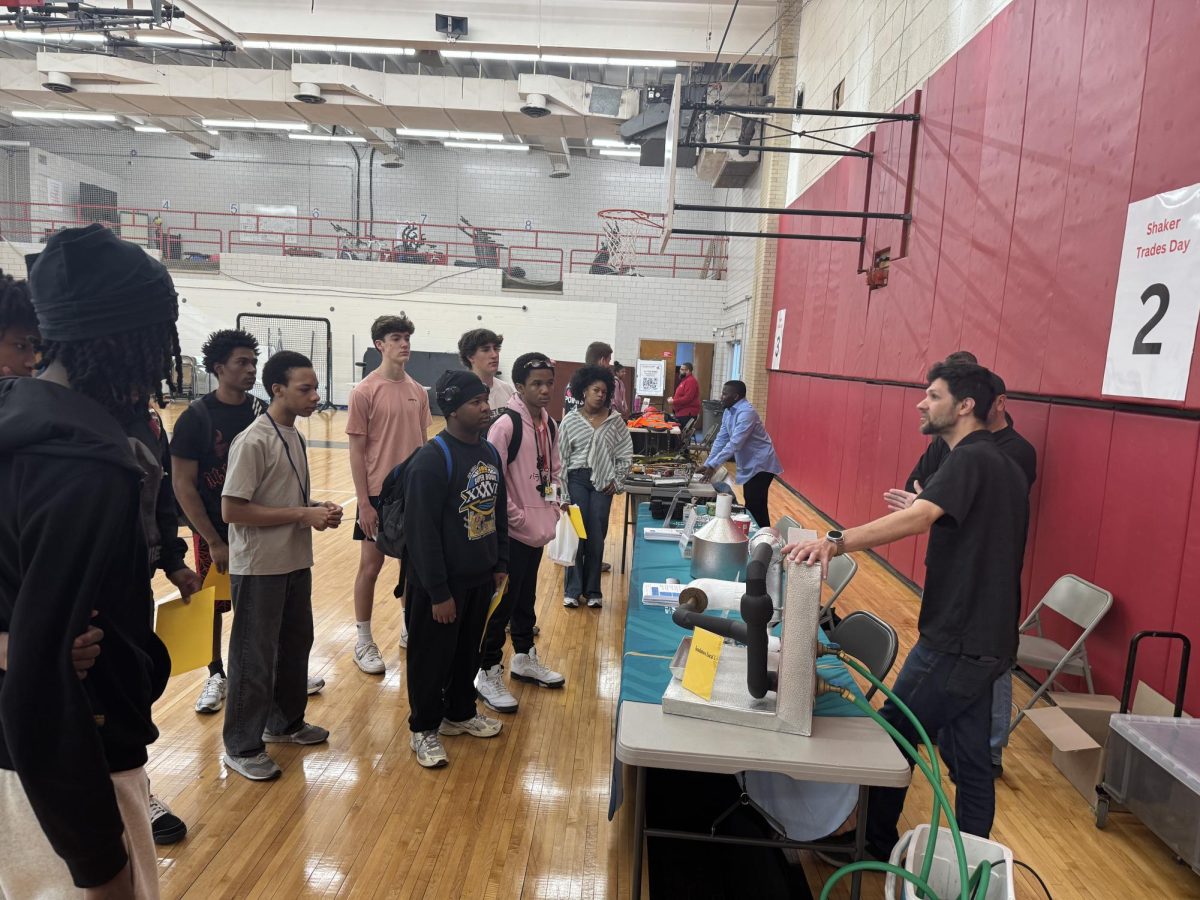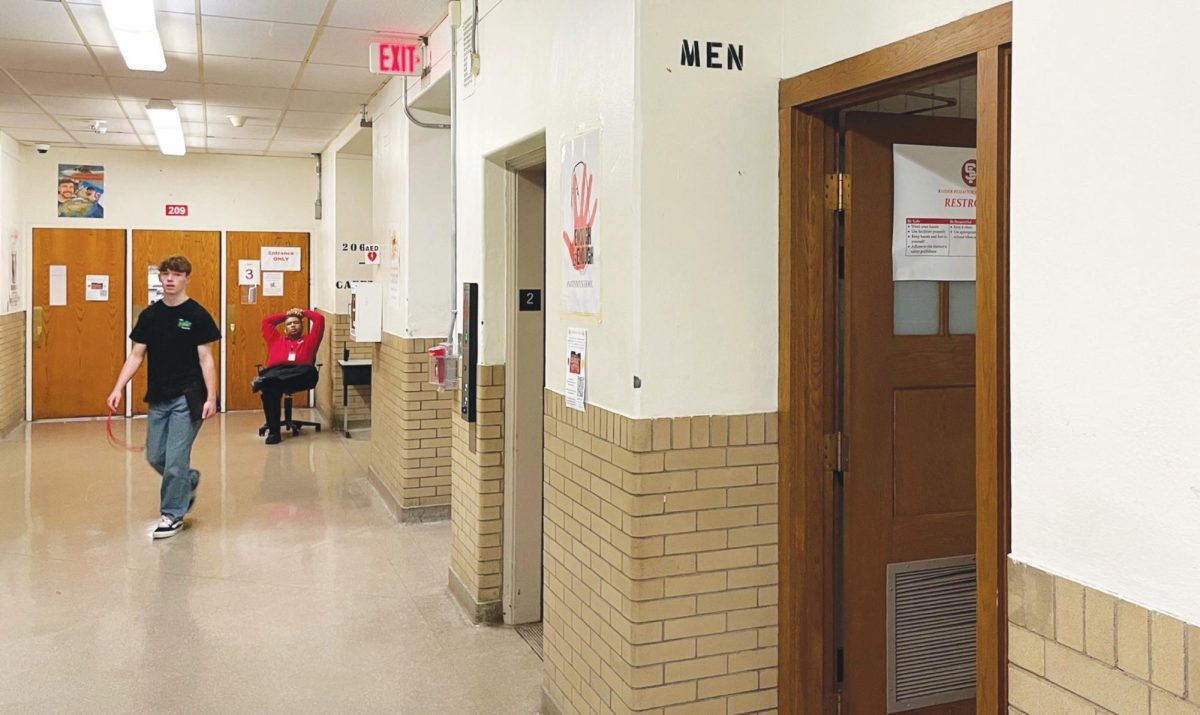Reinforcement of the Yondr pouch policy that began Monday caught students out of compliance.
“We got about 200 students the first two days of this reinforcement who either didn’t have their Yondr or were seen without their phone in a pouch,” Associate Principal Elizabeth Massey said.
Students are to present their locked Yondr pouch and ID to school personnel before passing through weapons detection upon entering school. The district announced the renewed emphasis on compliance Oct. 9 via email. The email stated that a lost Yondr pouch would incur a $20 charge, and the student responsible would receive a replacement to use until locating it. If a student loses an ID, the replacement cost is $5.
The district’s personal device policy, which requires use of Yondr pouches to lock up phones throughout the school day, is in its second year. One stated original purpose for the policy was to combat fights at school.
In January 2024 former Principal Eric Juli notified families and students of the district’s consideration of Yondr pouches to reduce fighting and increase safety at the high school. At a May 14, 2024 public meeting about the phone policy, a middle school student panelist said that some students use their phones to organize and advertise fights throughout the building.
The student handbook does not state that recording school fights may result in disciplinary action, but students can be disciplined if their effort to record gets in the way of staff who are trying to stop a fight. “If you are on camera, and you are observed contributing to the chaos and disruption, and you are impeding my ability to separate it, that’s when we would consider consequences for a student for recording,” former Associate Principal James Dubsky told The Shakerite in 2024.
Diversity, Equity and Inclusion Program Coordinator William Warren said he has seen a difference in students’ acceptance of the policy.“Going into year two of Yondr Pouch implementation, I think that what I’ve witnessed is many students becoming used to and comfortable with the idea of their phone being in a pouch and away for the school day,” he said.
“I think that with teenagers in one space for seven hours, and whatever else is happening outside of school, that’s brought into school, is the reason for the fights. I am seeing less people record fights because phones are largely put up in Yondr pouches for the day. I can’t say as to whether or not the pouch has decreased the amount of fights,” Warren said.
Senior Sophia Steinweg said the pouches are accomplishing their purpose. “It has done its job at combating the fighting problem,” she said. “My first week of freshman and sophomore year, there were fights. Looking at where we’re at now, we just can’t deny the impact Yondr has had on our school in declining school fights.”
Senior Solomon Doibo said that he has not noticed a difference in the frequency of fights since the policy was enacted. “Fights are still common. They were common then; they’re common now,” Doibo said.
Three fights occurred at the high school Oct. 14; two on campus and one off campus, according to an Oct. 15 email from Principal Isaiah Wyatt to high school parents. Students who recorded the fights were suspended.
According to the Ohio Department of Education, there has been a rise in expulsions due to school fights in Ohio public schools. The number of students being expelled due to school fights has increased by 66 percent in the past five years.
Massey said the primary reason for employing Yondr pouches wasn’t just to stem school fights. “It’s a state mandate, but all research shows how social media and phones negatively impact teenagers,” she said. “We want to make sure all of our students are OK as far as mental health and sleep, but also engaged.”
“With Yondr we’re constantly trying to make things better,” she said. “Last year we didn’t really get a lot of pouches back. So now we’re having group checks to make sure everybody has their pouch.”







